Wood Anemone
- September 25, 2023
- 0 comment

Wood Anemone, scientifically known as Anemone quinquefolia, is a delicate and enchanting wildflower that graces woodlands across North America. This perennial herb is cherished for its exquisite white blossoms, often tinged with hints of pink or lavender, which blanket the forest floor in early spring. Its distinctive star-shaped flowers and deeply divided, palmate leaves make it a standout in the shaded understory of deciduous forests. Wood Anemone’s ability to carpet the ground with its ethereal blooms adds a touch of ephemeral magic to woodland landscapes.
Wood Anemone is not just a pretty face; it plays a crucial ecological role as well. As a native plant, it provides essential habitat and forage for pollinators such as bees and butterflies during the early months of the year when nectar sources are scarce. Additionally, its rhizomatous root system helps stabilize soil, preventing erosion in forested areas. Wood Anemone’s presence in the wild is often indicative of a healthy woodland ecosystem, and it serves as a reminder of the importance of preserving these natural habitats.
While Wood Anemones are not currently considered endangered, they do face threats from habitat loss due to deforestation and urbanization. As such, it is essential to support initiatives that protect the natural habitats where these enchanting wildflowers flourish. Many botanical gardens and conservation organizations work diligently to preserve native flora like Wood Anemone.

Additionally, individuals can contribute to their conservation efforts by avoiding the removal or disruption of Wood Anemone populations in the wild and by cultivating them in native plant gardens. This helps ensure that future generations can continue to enjoy the delicate beauty and ecological importance of these woodland gems.
| Characteristic | Description |
| Scientific Name | Anemone quinquefolia |
| Common Names | Wood Anemone, Nightcaps, Windflower |
| Family | Ranunculaceae (Buttercup Family) |
| Type | Perennial Wildflower |
| Height | 6 to 12 inches (15 to 30 cm) |
| Leaves | Deeply divided, palmate, with 5 to 9 lobes |
| Flower Appearance | Single, white or pale pink, 1 inch (2.5 cm) in diameter |
| Number of Petals | 6 to 9 (petal-like sepals) |
| Flowering Season | Early Spring |
| Habitat | Moist, shady woodlands |
| Range | Native to North America |
| Cultural Significance | Symbol of renewal and rebirth; used in traditional medicine |
| Ecological Role | Provides early-season nectar for pollinators; contributes to forest ecosystem |
| Conservation Status | Not currently endangered but faces a habitat loss |
Getting to Know the Botanical Beauty

In the enchanting world of woodland flora, one plant stands out for its delicate charm and timeless elegance—the Wood Anemone (Anemone quinquefolia). This perennial wildflower, with its dainty white or pale pink blossoms and deeply divided leaves, is a captivating sight that signals the arrival of spring in North American woodlands. In this article, we’ll take you on a journey to discover the captivating attributes and ecological significance of the Wood Anemone.
A Glimpse at Wood Anemone’s Appearance
The Wood Anemone, also known as Nightcaps and Windflower, is a modest-sized perennial that typically reaches heights of 6 to 12 inches (15 to 30 cm). What sets it apart are its striking leaves, deeply divided into five to nine lobes, and its solitary, ethereal blossoms. These blooms, which appear in early spring, boast pristine white or pale pink petals, measuring about 1 inch (2.5 cm) in diameter. Within each flower, you’ll find six to nine petal-like sepals surrounding a sunny yellow center. When these delicate flowers blanket the forest floor, they create a captivating, almost otherworldly scene, especially in the dappled sunlight beneath the trees.
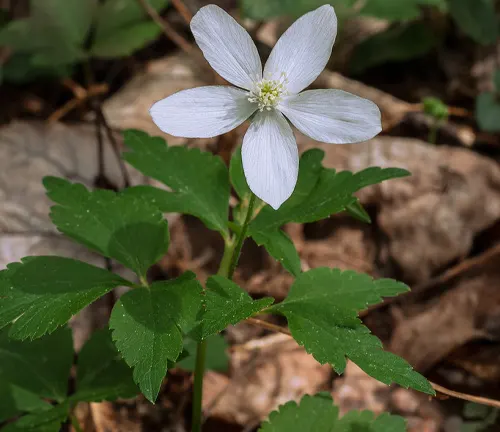
Ecological Importance
Beyond its aesthetic allure, Wood Anemone plays a crucial ecological role in forest ecosystems. As one of the first wildflowers to bloom in spring, it provides a vital early-season nectar source for pollinators like bees and butterflies. This early sustenance is essential for these creatures as they begin their foraging activities after the long winter. Wood Anemone’s presence helps sustain these valuable insect populations, contributing to the overall health and diversity of the ecosystem.
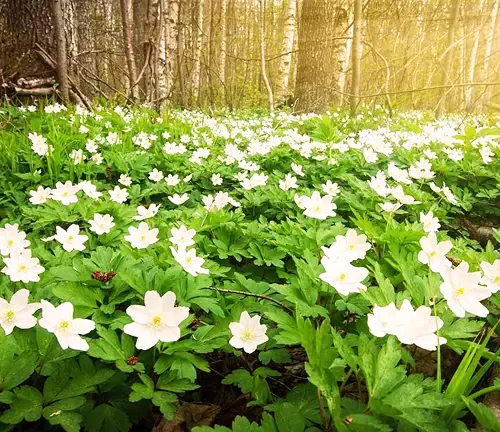
Cultivation and Conservation
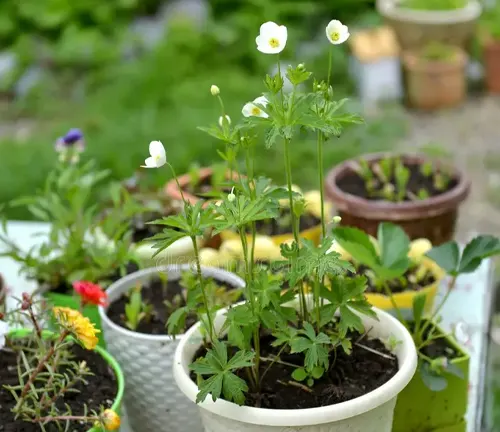
Cultivating Wood Anemone in gardens can be a rewarding endeavor. To mimic its native habitat, plant them in moist, shaded areas with well-draining soil. These native wildflowers are relatively low-maintenance and can thrive when left undisturbed. However, it’s crucial to exercise caution and obtain plants ethically to avoid harming wild populations. Many botanical gardens and conservation organizations actively work to preserve Wood Anemone and other native species.
The Whispers of Wood Anemone’s Fragrance
One of the remarkable characteristics of Wood Anemone is its ability to release a faint, sweet fragrance. This fragrance, although subtle, is a testament to the flower’s remarkable adaptation to its environment. In early spring, when the Wood Anemone blooms, the forest floor awakens, and pollinators like bees and flies become active. The subtle scent acts as an olfactory beacon, guiding these insects toward the flower’s reproductive organs.
Soil Stabilization
Beyond their beauty and medicinal uses, Wood Anemones play another crucial role—soil stabilization. Their root systems help anchor the soil, preventing erosion in wooded areas. This further emphasizes their importance in maintaining the health and integrity of woodland ecosystems.

Benefits Beyond Beauty
Wood Anemone holds a special place in various indigenous cultures, where it has been associated with medicinal properties. Traditionally, it has been used to alleviate ailments like headaches and cramps. Symbolically, these wildflowers are often regarded as a sign of renewal and rebirth, reflecting their resilience in the face of changing seasons and environmental challenges.

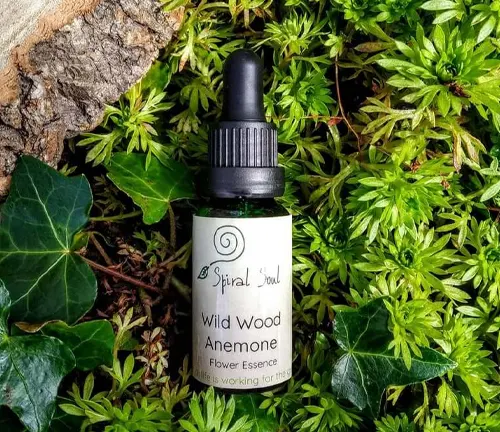
Different Species of Wood Anemone
Anemone nemorosa
This is the most common and widely recognized species of wood anemone. It is native to Europe and is known for its delicate white flowers that appear in early spring. It has deeply divided, lobed leaves and can form large carpets of flowers in woodland areas.
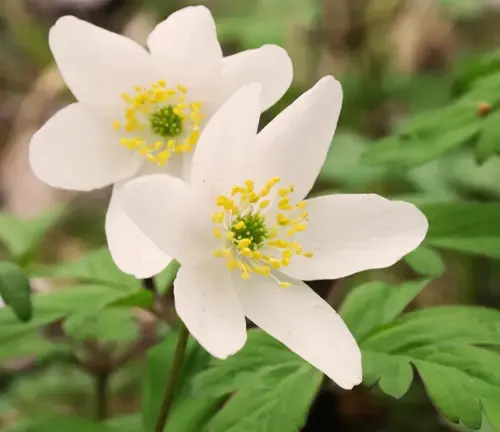
Anemone apennina
Also known as the Apennine windflower, this species is native to southern Europe and has blue or purple flowers. It is similar in appearance to A. nemorosa but with different flower colors.
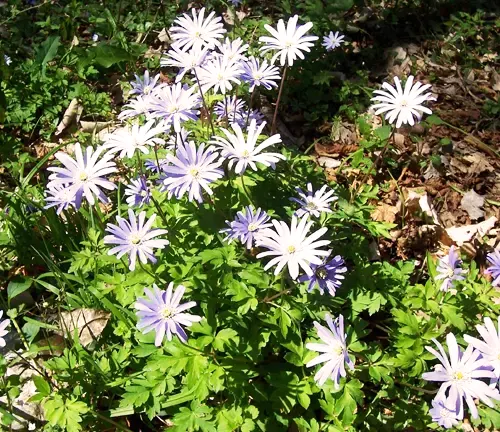
Anemone ranunculoides
Commonly called the yellow wood anemone or yellow anemone, this species has bright yellow flowers and is native to Europe and Asia. It is smaller in size compared to Anemone nemorosa.
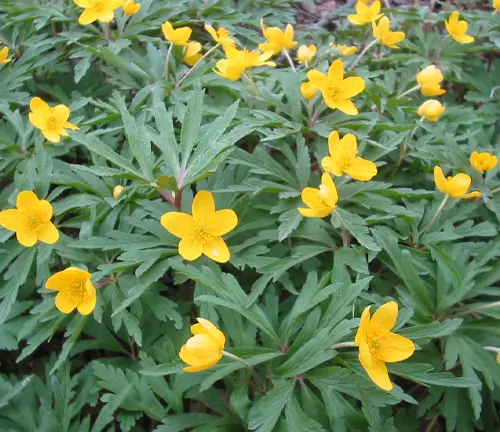
Anemone blanda
This species, known as the Grecian windflower or winter windflower, has brightly colored flowers in shades of pink, blue, or white. It is native to southeastern Europe and Asia Minor.

Anemone canadensis
Also known as the Canada anemone or round-leaf anemone, this North American species has white flowers and deeply lobed leaves. It is native to eastern North America.
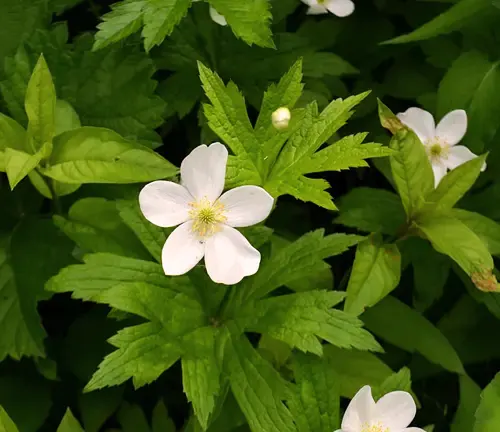
Anemone sylvestris
This species, commonly called the snowdrop anemone or snowdrop windflower, has white flowers and is native to Europe and Asia.
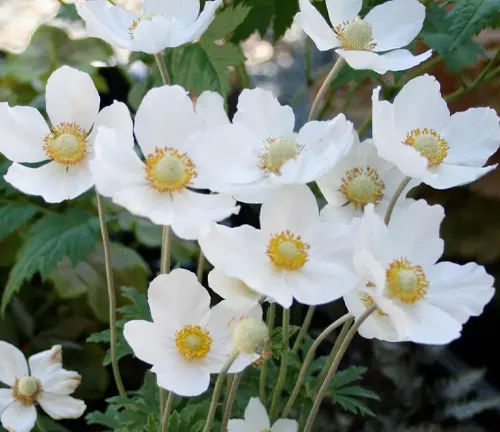
Frequently Asked Questions (FAQs)
- Do Wood Anemones Have Any Medicinal Uses?
Wood Anemones have been used in traditional medicine in some regions. They contain compounds that may have mild sedative or pain-relieving properties. However, it’s essential to exercise caution when considering medicinal use, as some parts of the plant can be toxic if ingested. - Do Wood Anemones Communicate with Each Other?
Wood Anemones are known to grow in dense carpets or colonies in woodlands. Some research suggests that they may have chemical signaling mechanisms that allow them to communicate with neighboring plants. This could help them coordinate their growth and flowering to optimize pollination and resource allocation. - What Role Do Wood Anemones Play in Soil Health?
Wood Anemones are part of the broader ecosystem, and their decaying leaves can contribute to soil health. As they shed leaves each year, these leaves add organic matter to the forest floor, enriching the soil and providing nutrients for other plants. - How Do Wood Anemones Reproduce and Spread?
Wood Anemones reproduce both by seed and by underground rhizomes. The seeds are typically dispersed by ants, which are attracted to a specialized oil-rich appendage on the seeds. The underground rhizomes allow the plant to spread and form colonies over time. - Can Wood Anemones Be Grown in Gardens?
Yes, Wood Anemones can be cultivated in gardens. They are often prized for their delicate spring blooms and can be planted in shaded or woodland garden settings. However, they may require specific soil conditions and care to thrive in a garden environment, so it’s essential to research their specific needs.


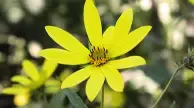
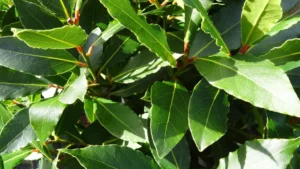

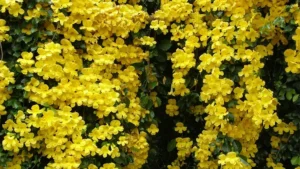



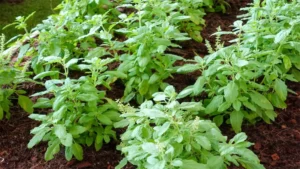
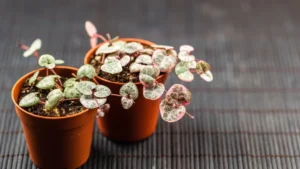


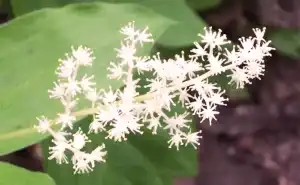
Leave your comment